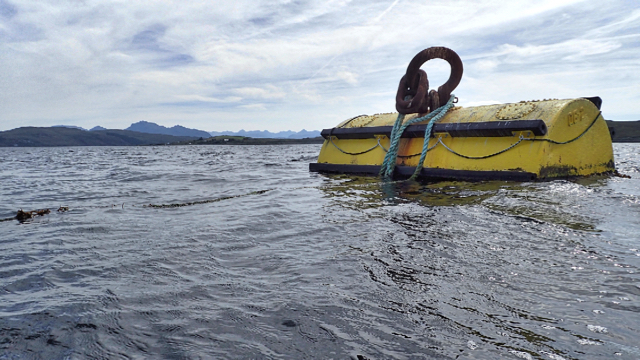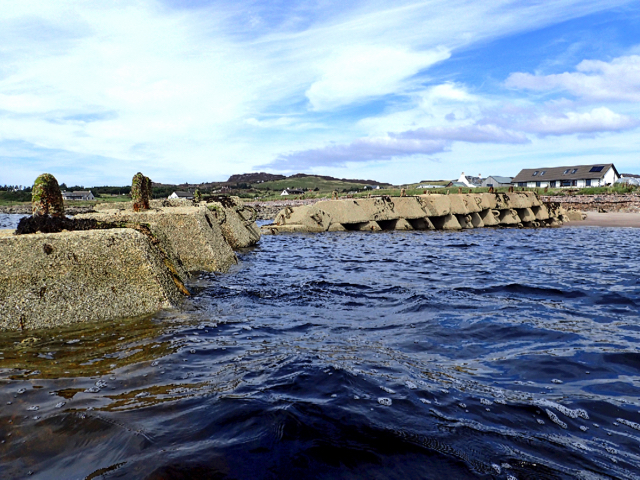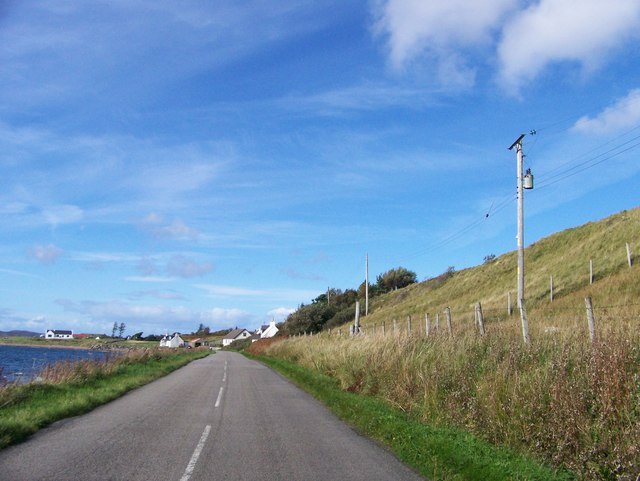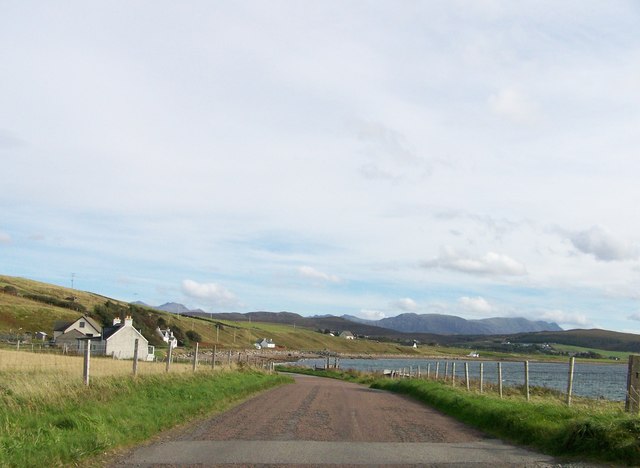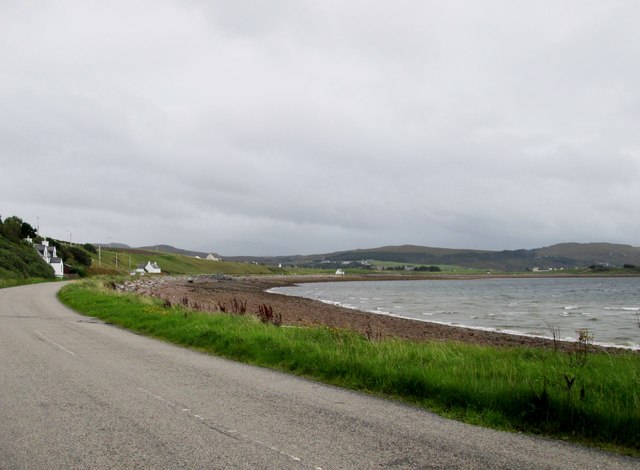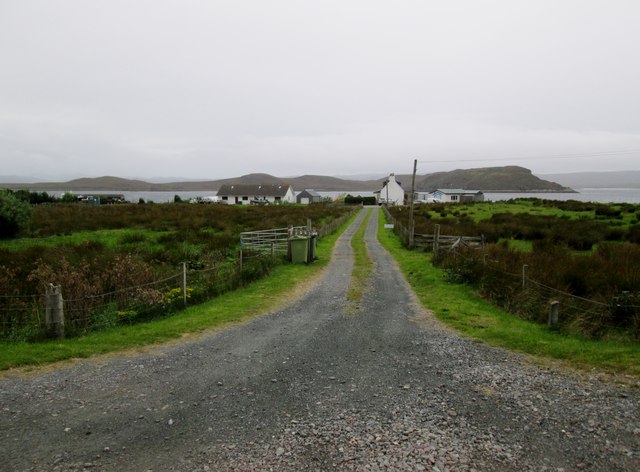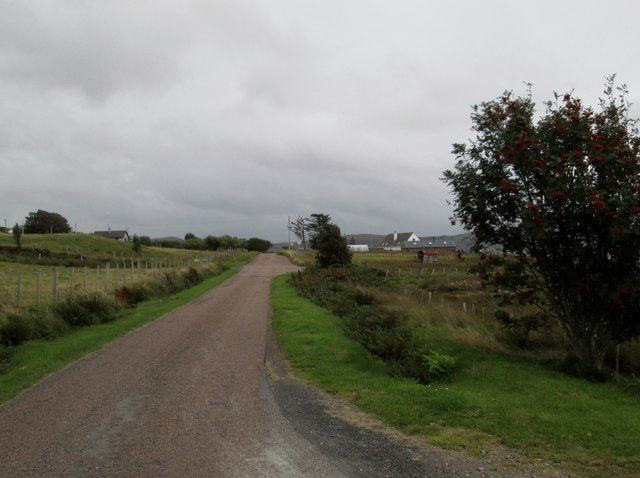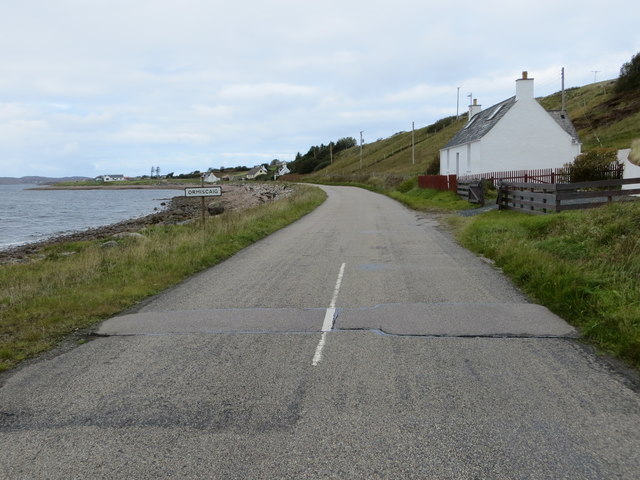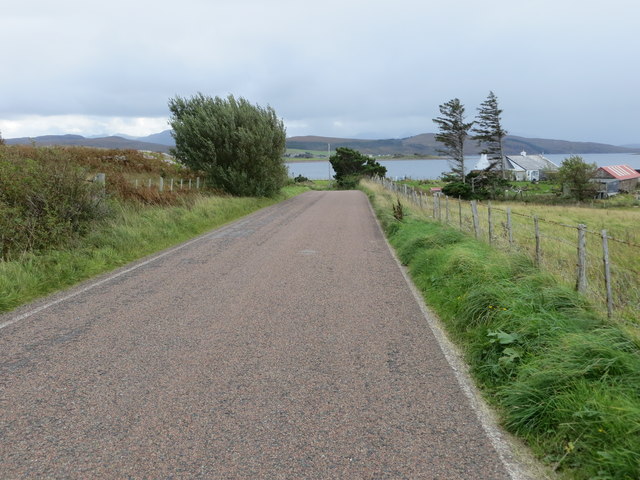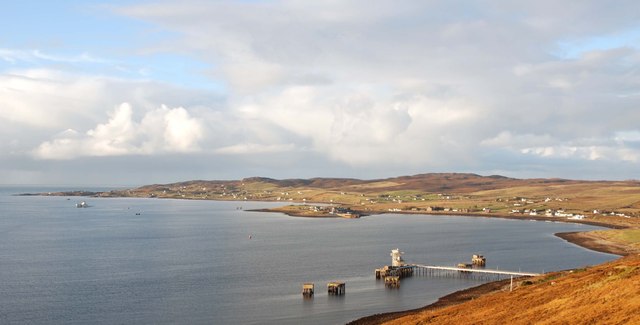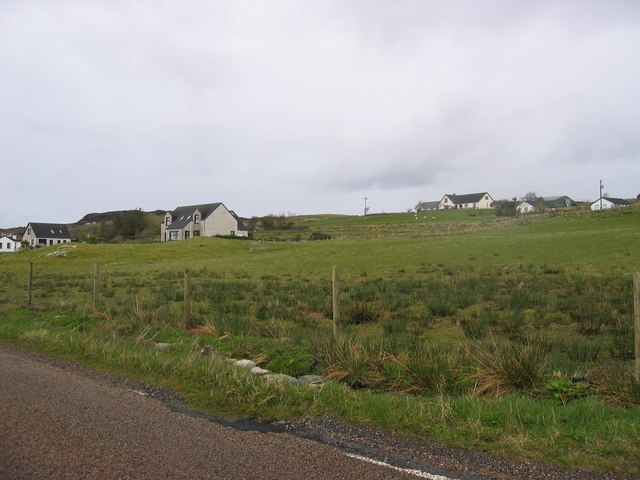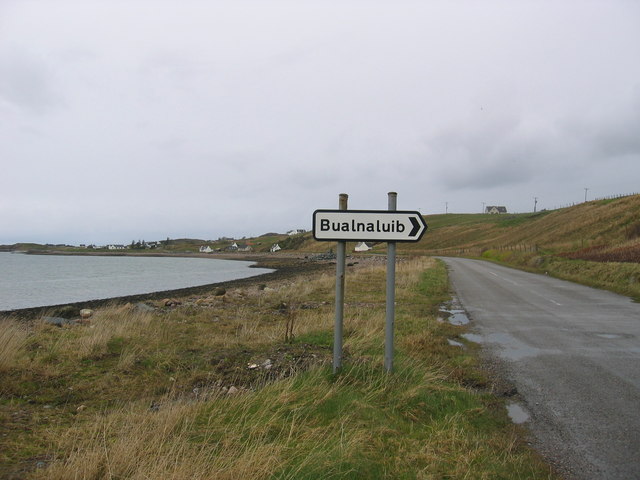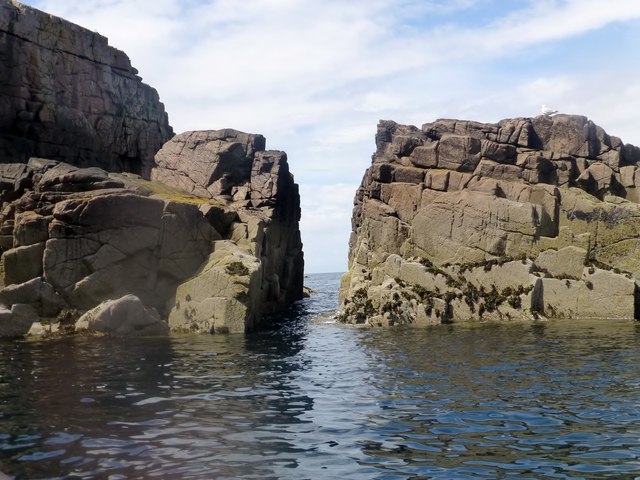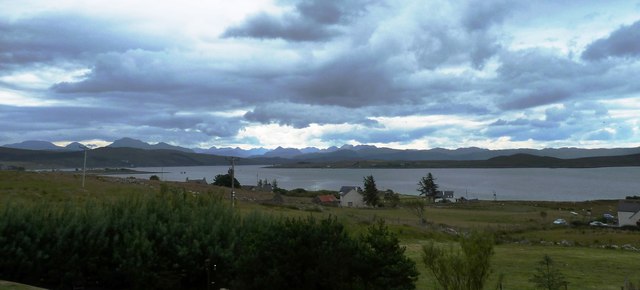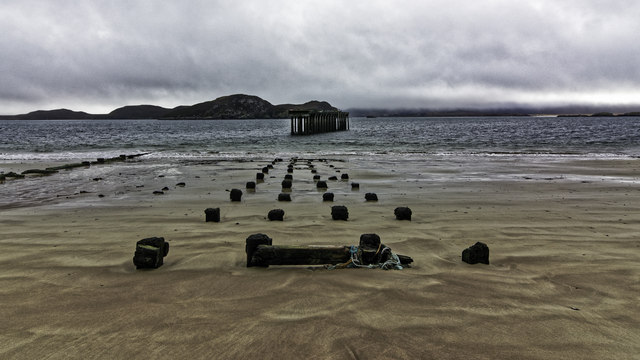Druim na h-Acairseid
Coastal Feature, Headland, Point in Ross-shire
Scotland
Druim na h-Acairseid
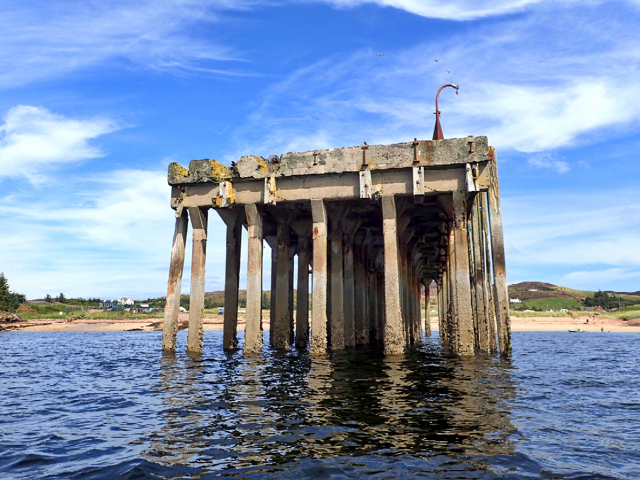
Druim na h-Acairseid is a prominent coastal feature located in Ross-shire, Scotland. It is a headland or point that juts out into the ocean, offering breathtaking views of the surrounding landscape and oceanic vistas.
Situated on the northwest coast of Scotland, Druim na h-Acairseid stands tall and majestic, boasting rugged cliffs that plunge dramatically into the Atlantic Ocean. The headland is characterized by its rocky terrain, with steep slopes and jagged edges. These features add to its allure and make it a popular destination for nature enthusiasts, photographers, and hikers.
The unique geography of Druim na h-Acairseid provides an ideal habitat for a variety of coastal flora and fauna. Visitors can expect to encounter an array of seabirds, such as gulls and cormorants, nesting and fishing along the cliffs. The headland also offers a glimpse into the diverse marine life of the region, with seals and dolphins occasionally spotted in the surrounding waters.
Aside from its natural beauty, Druim na h-Acairseid holds historical significance as well. The headland is believed to have been occupied by ancient settlements, with traces of previous human activity discovered in the vicinity.
Access to Druim na h-Acairseid is available through well-defined trails and footpaths that wind their way along the coast. These paths afford visitors with stunning views of the coastline and the opportunity to explore the headland's rugged terrain.
Overall, Druim na h-Acairseid is a captivating coastal feature that offers a unique blend of natural beauty, wildlife, and historical significance. It is a must-visit destination for anyone seeking an authentic Scottish coastal experience.
If you have any feedback on the listing, please let us know in the comments section below.
Druim na h-Acairseid Images
Images are sourced within 2km of 57.838907/-5.6293453 or Grid Reference NG8489. Thanks to Geograph Open Source API. All images are credited.

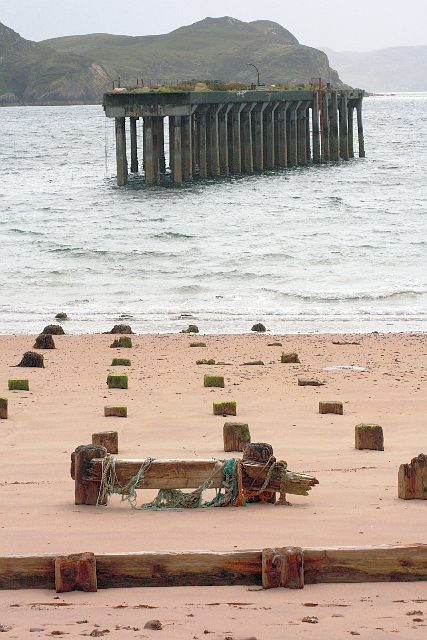
Druim na h-Acairseid is located at Grid Ref: NG8489 (Lat: 57.838907, Lng: -5.6293453)
Unitary Authority: Highland
Police Authority: Highlands and Islands
What 3 Words
///photocopy.spaces.insist. Near Gairloch, Highland
Related Wikis
Isle of Ewe
The Isle of Ewe (Scottish Gaelic: Eilean Iùbh) is a small Scottish island on the west coast of Ross and Cromarty. The island is inhabited by a single family...
Loch Ewe
Loch Ewe (Scottish Gaelic: Loch Iùbh) is a sea loch in the region of Wester Ross in the Northwest Highlands of Scotland. The shores are inhabited by a...
Ormiscaig
Ormiscaig (Scottish Gaelic: Ormasgaig) is a remote crofting village on the north east shore of Loch Ewe in Achnasheen, Ross-shire, Scottish Highlands and...
Mellon Charles
Mellon Charles (Scottish Gaelic: Meallan Theàrlaich) is a remote crofting village on the north east shore of Loch Ewe near Gairloch in Wester Ross, in...
Aultbea
Aultbea (Gaelic: An t-Allt Beithe) is a small coastal fishing village in the North-West Highlands of Scotland. It is situated on the southeast shore of...
Loch Ewe distillery
Loch Ewe distillery in Drumchork near Aultbea in the Scottish Highlands was the smallest legally operated distillery in Scotland. It was set up in 2005...
Cove, Highland
Cove is a remote hamlet located on the northwestern shore of the sea loch Loch Ewe, and 8 mi (13 km) northwest of Poolewe in Ross-shire, Scottish Highlands...
Inverasdale
Inverasdale (Scottish Gaelic: Inbhir Àsdail) is a hamlet in the Northwest Highlands of Scotland, located by Loch Ewe, in the region of Wester Ross. �...
Nearby Amenities
Located within 500m of 57.838907,-5.6293453Have you been to Druim na h-Acairseid?
Leave your review of Druim na h-Acairseid below (or comments, questions and feedback).
